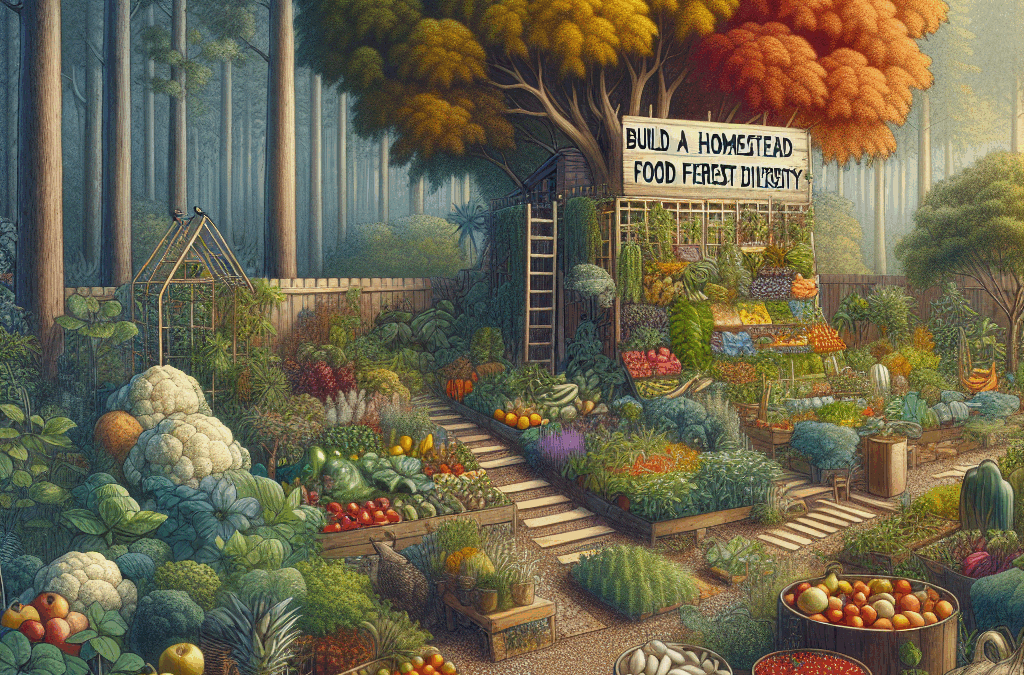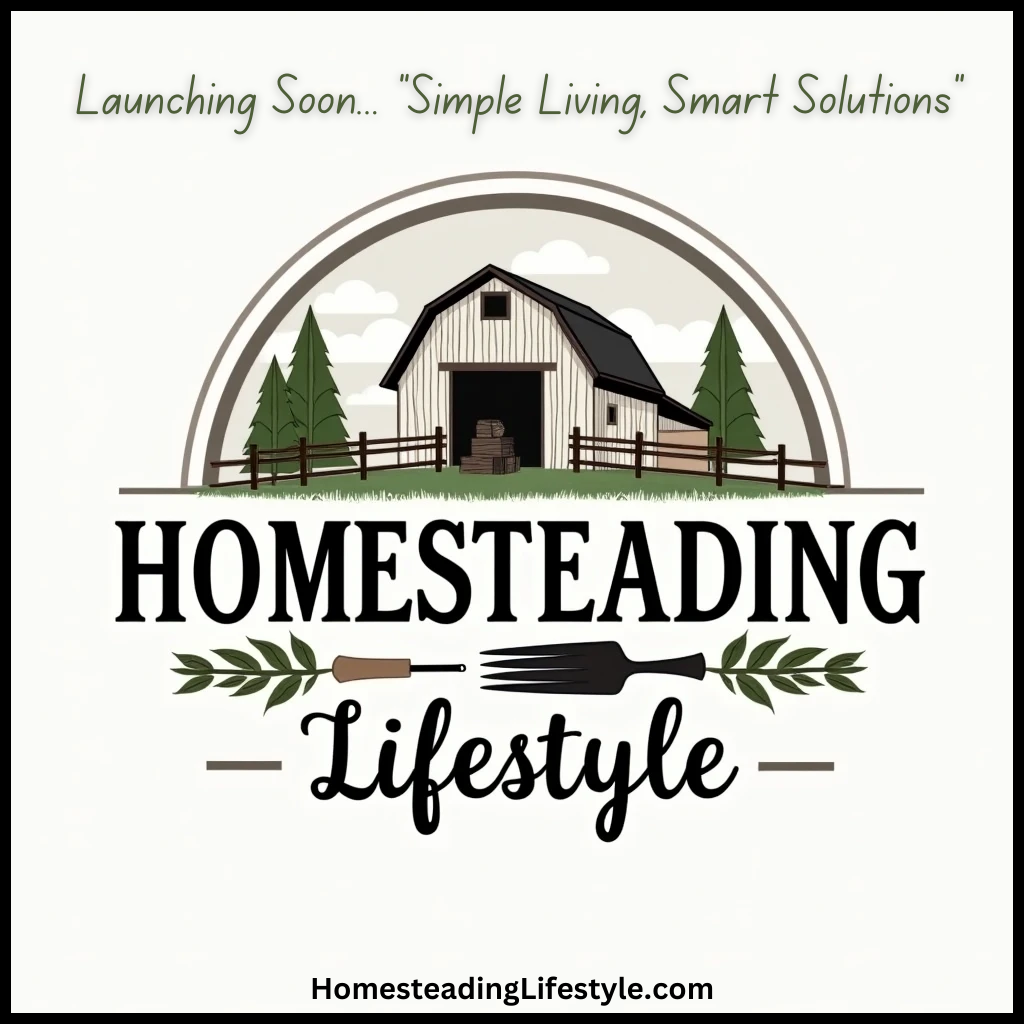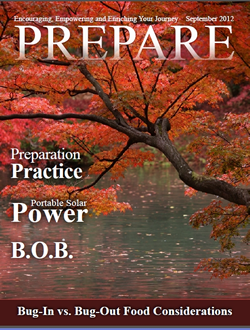Creating the Vision for Your Food Forest
Understanding the Concept
When I first decided to create a food forest, I had a vague idea of what it entailed. The beauty of a food forest lies in its design, a harmonious blend of edible plants and biodiversity. Picture a forest where each element works together, supporting one another. My vision was about creating a sustainable ecosystem that wouldn’t just feed me but also promote wildlife and enhance the soil.
As I delved deeper, I learned that a food forest mimics natural ecosystems. I wanted to plant trees, shrubs, perennial plants, and even ground cover that could thrive together. This was a game-changer for me. It wasn’t just about planting random vegetables; I was building a small ecosystem where each life form was interconnected.
Establishing a clear vision was essential. I spent time sketching my ideas and considering how I wanted the space to look over time. To make sure all my plants and trees would flourish together, I made sure to factor in their growth patterns, heights, and needs. It’s like a puzzle, where every piece has its place in creating a beautiful picture!
Choosing the Right Location
Location is everything, isn’t it? After mapping out my vision, I stepped outside to assess my space. I realized that sunlight, drainage, and existing soil conditions were key factors. I looked for areas that had good sunlight throughout the day, ensuring my plants would soak up those rays. That was a huge win!
Next came soil. Man, did I learn a lot about soil health. I dug up some earth to see what I was working with—loam, clay, or sandy soil? If it was dense and heavy, I knew I’d have to amend it to support the variety of plants I wanted to include. This research really paid off as I started to understand which plants would thrive in my particular conditions.
Lastly, I kept in mind the plants’ needs for windbreaks and moisture. I had to be honest about my resources too. If I could only water once a week, using a certain layout that maximizes moisture retention was crucial. All these considerations were vital in the process of making my vision a reality.
Planning for Diversity
Ah, diversity—the spice of life! I’ve learned that the more diverse my food forest, the more robust and resilient it becomes. It started with selecting a variety of plants: fruit trees, nut trees, berry bushes, and even some herbs. Each plant has a unique role in the ecosystem.
Furthermore, I became aware of companion planting, where certain plants thrive better alongside others. For example, I noticed the symbiotic relationship between certain herbs and fruit plants. Plus, don’t forget the beneficial insects such as bees and ladybugs that can bolster the health of my food forest!
Another thing I did was to plant for different harvest times. I wanted something blooming in spring, summer, autumn, and even winter. Planning for seasonal diversity kept my food forest bustling with activity and, although it requires a bit of foresight, the rewards are so worth it. Each stage brings its unique beauty and bounty!
Implementation of the Design
Gathering Resources
With a plan in place, I knew it was time to gather my tools and resources. I headed to my local garden center and started picking out seeds and saplings. It felt like being a kid in a candy store! I also visited local gardeners and shared knowledge with them; this community support was invaluable.
Of course, I couldn’t forget about soil amendments. Getting quality compost and mulch became my mission. I soon realized the importance of enriching the soil to ensure the success of my food forest. Composting kitchen scraps and fallen leaves was a game changer for my nutrient supply.
As I gathered my materials, I also saved some energy by borrowing tools from friends. Equipment can be steeply priced, and sharing made it not just financially easier but also a chance to bond with my neighbors!
Planting and Mapping
Planting day finally arrived, and excitement buzzed in the air! I carefully mapped out the design I’d sketched, ensuring to keep in mind spacing and height of each species. I found that having designated zones made the whole process smoother and less chaotic. Nothing like a solid plan to tame garden work!
I started with the larger trees first, digging bigger holes while the sun rose high above. It was tiring but incredibly rewarding. After getting the trees in place, I filled in the smaller shrubs and groundcover. I could already envision the lush, vibrant forest budding in the seasons to come.
Once planting was complete, I didn’t just leave things to chance. I made sure to give everything a good soak and mulched around the plants to retain moisture. This effort ensured that my babies would have the best chance of thriving. Excitement bubbled in my chest as I stepped back to admire the work I had just put in!
Nurturing Your Food Forest
Now that my food forest was planted, the real jaunt began! I made a commitment to spend time nurturing it. Watering was essential, especially in the first year. I learned to observe when the soil felt dry and reacted accordingly. Taking care of your young plants can feel like a part-time job, but every drop of effort pays back tenfold.
Pruning was another task I eagerly took on. It helped to shape the trees and improve airflow. Less crowded plants receive better light, and thus produce more fruits. I picked up a few online tutorials and got to work, wielding my pruning shears with newfound confidence.
Lastly, I realized I had to keep an eye out for pests. In the beginning, I felt a bit overwhelmed. But instead of resorting to chemicals, I used organic methods. I tried introducing beneficial insects and relied on homemade sprays. Honestly, getting up close and personal with my plants, observing their needs, has been one of the most rewarding experiences!
Harvesting the Bounty
Recognizing When to Harvest
Harvesting has become one of the most triumphant parts of my food forest journey. I now keep in mind that different plants ripen at varied times. When I saw those first tomatoes turning red, I practically danced! Learning when to harvest each crop was essential as well. No one likes a mealy tomato, right?
I also found it intriguing how each plant communicates its readiness. A little yellowing leaf or a slight softening of fruit signal to me it’s go-time! I began taking notes on my harvest timings, which has been valuable for planning in the future.
Another cool experience was having friends join me for harvest days. Sharing the bounty with others not only lightened the load but also allowed me to share my passion and knowledge. It’s a fantastic way to spread the love of homegrown food!
Preserving Your Harvest
Once the fruits, veggies, and herbs filled my baskets, I dove headfirst into preserving that bounty. Canning, drying, and freezing became my new hobbies. I experimented with recipes—some worked, and some… not so much! But hey, that’s all a part of the journey, right?
I found canning to be a creative outlet. Each jar of tomato sauce or pickled cucumbers is like a piece of my food forest history stored for the winter months. It kept the vibrancy of my garden alive even when the trees were bare.
Additionally, I began sharing preserved goods with friends and family. It felt great to introduce them to my homestead creations. This aspect of my food forest became a way to connect and share joy while promoting the importance of sustainability and food independence.
Sharing and Learning
My food forest journey doesn’t just stop at harvesting and preserving. I’ve opened my gates to neighbors and friends to share what I’ve learned. Organizing tours and workshops next year is high on my agenda! I believe in the ripple effect of knowledge sharing.
I’ve found that having a community garden day brings folks together. We discuss gardening techniques, swap seeds, and collect stories. Seeing the excitement on others’ faces as they discover what’s possible fuels my passion for homesteading.
Ultimately, my food forest has become a living laboratory for me and my community—a place to foster growth, resilience, and creativity. I couldn’t imagine my life without it now!
Frequently Asked Questions
1. What is a food forest?
A food forest is a garden that mimics a natural forest ecosystem, designed for sustainability and biodiversity. It includes multiple layers of edible plants, such as trees, shrubs, and ground cover, all thriving together.
2. How do I choose the plants for my food forest?
Choosing plants depends on your climate and soil conditions. Aim for a diverse mix of species that thrive in your area, including fruit trees, nut trees, and vegetables. Remember to consider companion planting for better growth!
3. What is companion planting?
Companion planting is a gardening technique where certain plants are grown together to enhance each other’s growth. Some plants repel pests, while others can attract beneficial insects or provide necessary nutrients to nearby plants.
4. How do I maintain my food forest?
Maintaining a food forest involves watering regularly, pruning plants, and keeping an eye out for pests. It’s about observing your plants and responding to their needs. Getting involved with nature invites constant learning!
5. Can anyone create a food forest, or do I need a lot of space?
Absolutely, anyone can create a food forest regardless of space! Even a small backyard, balcony, or community garden space can be transformed into a mini-food forest. It’s about utilizing what you have and thinking creatively!





